Walking around in this neighborhood gives you the real Paris experience. You don’t feel as if you’re walking in one of the biggest cities in Europe, but rather a typical small French village.
In this post, you’ll discover the ultimate list of facts about Montmartre, one of the most authentic and picturesque spots in all of Paris.
1. What is Montmartre?
Montmartre is a large hill in the northern part of the capital of France, Paris. It gives its name to the surrounding neighborhood.
The area has also been established as a historic district by the City of Paris in the year 1995. This means that limited development in the area is allowed to preserve its historic character.
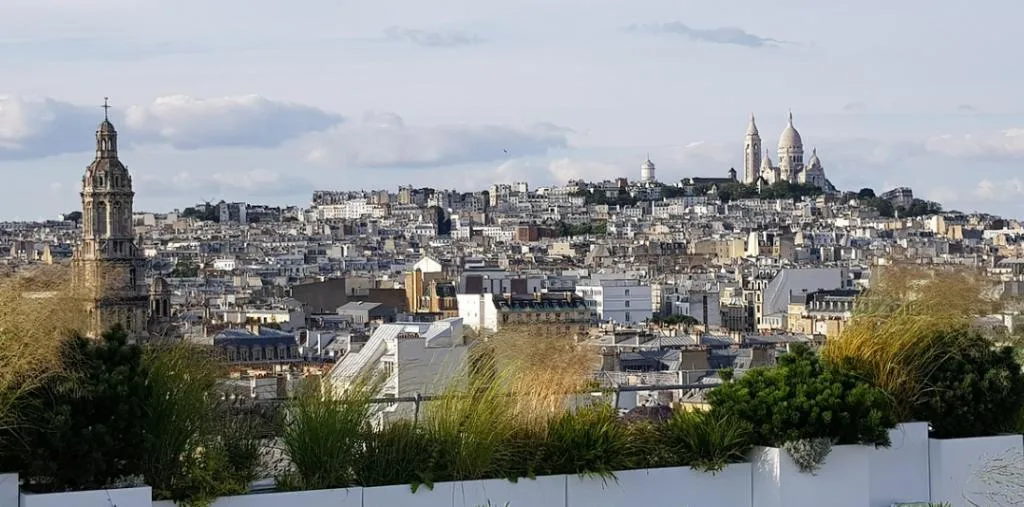
2. Where is Montmartre located?
Montmartre is the 18th district of the total of 20 districts in the city of Paris. It’s located in the north of the city on the right bank of the River Seine and consists of an area of 60 hectares (150 acres).
It’s a few kilometers directly north of the historical center of Paris where you can find all the museums such as the Louvre, the Centre Pompidou, the Musée d’Orsay, and the Tuileries Garden as well.
Even though the historical center doesn’t look far from Montmartre, it’s a pretty long walk, so luckily Paris has an excellent subway network to get there easily.
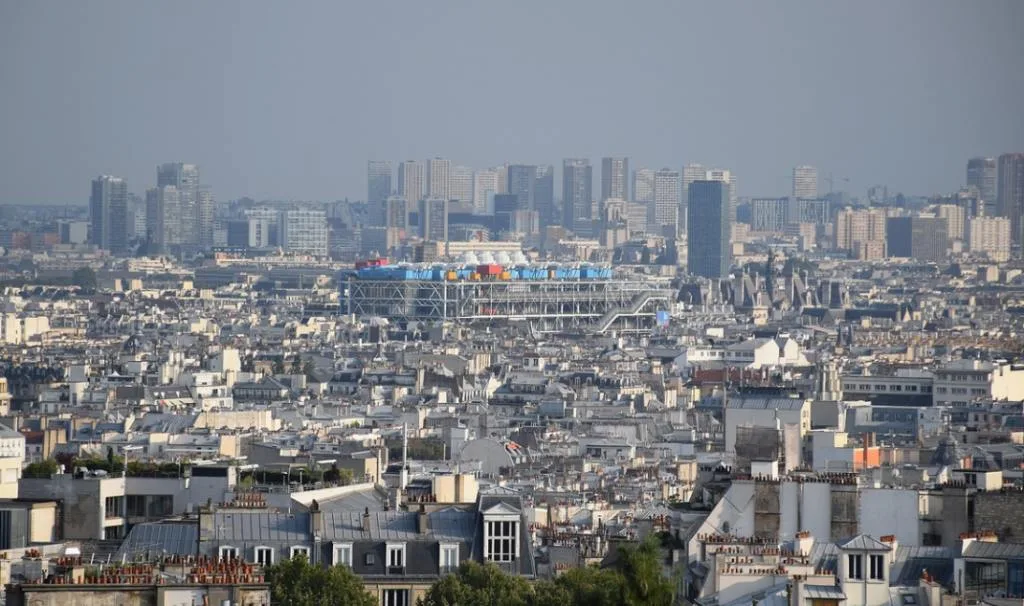
3. It’s home to one of the most famous landmarks in Paris
Standing majestically on the Montmartre Hill is the Sacré-Coeur, also called the “Basilica of the Sacred Heart.” The construction of this massive church started in 1875 and was only completed in 1914, with the church being consecrated in 1919.
It’s one of the most famous churches in the world, mainly because of its unique location on the hill.

This Roman Catholic church and the minor basilica is one of the most popular spots in Paris as it’s the second most visited landmark in the city.
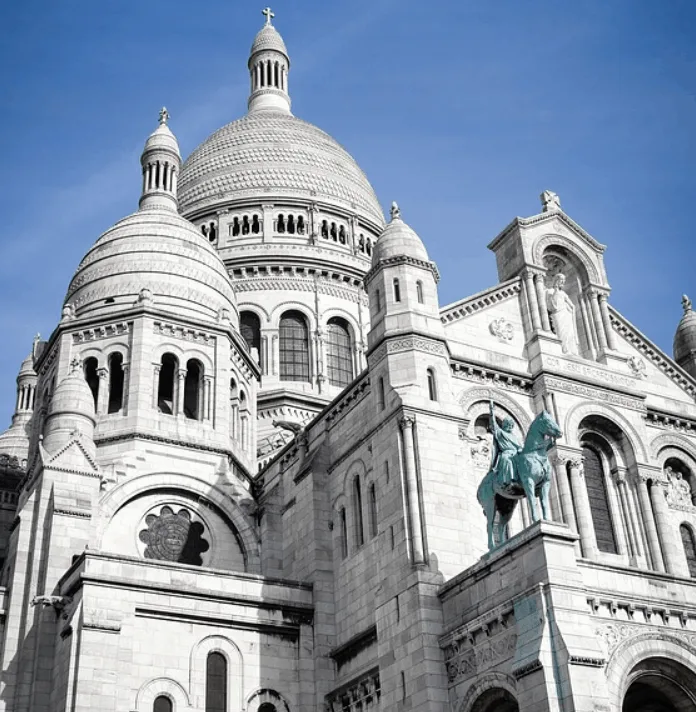
4. There’s another, much older church as well
Montmartre is also home to one of the oldest surviving churches in Paris. The Saint-Pierre de Montmartre is believed to have origins in the 3rd century, being founded by 3rd century Christian Martyr and Saint, Saint-Denis. That’s speculation though as archeologists only discovered proof of Gallo-Roman occupation at the site.
Nothing is left from the original church as it got completely rebuilt in the 12th century, transforming it into the Montmartre Abbey.
The church fell into disuse after being destroyed during the French Revolution and there were even plans to close it due to security concerns in the late 19th century. This didn’t happen and a final restoration took place in the early 20th century.
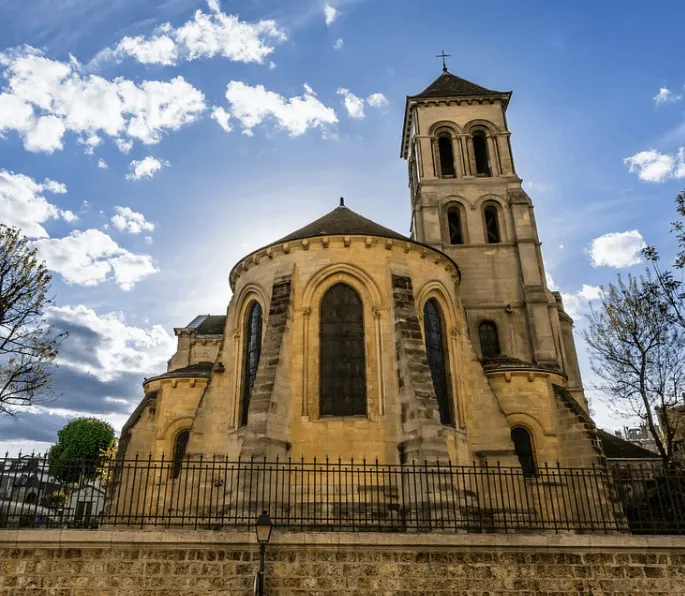
5. It’s the highest point in Paris
The Montmartre hill is the highest natural point in all of Paris. Its highest point reaches 130 meters (430 ft) above sea level. This makes Montmartre one of the best places to get amazing views over the city of Paris.
Don’t forget to wear comfortable shoes though if you plan to take one of the staircases to reach the top.
You can take steps towards the top directly to the Sacré-Coeur or you can take steps inside the Montmartre neighborhood as well.

6. This is the highest observation point in Paris though
Even though Montmartre hill is the highest natural point in Paris, it isn’t the highest spot to get an amazing overview of the city.
As you might have expected, the top floor of the Eiffel Tower is much higher. The highest level of the tower is 276 meters high, making it the highest observation deck in Paris. The tower itself is 300 meters (984 ft) high with the tip reaching 324 meters (1063 ft).
Obviously, this means that from the top of the Eiffel Tower you get an amazing view of Montmartre Hill and the Sacré-Coeur.
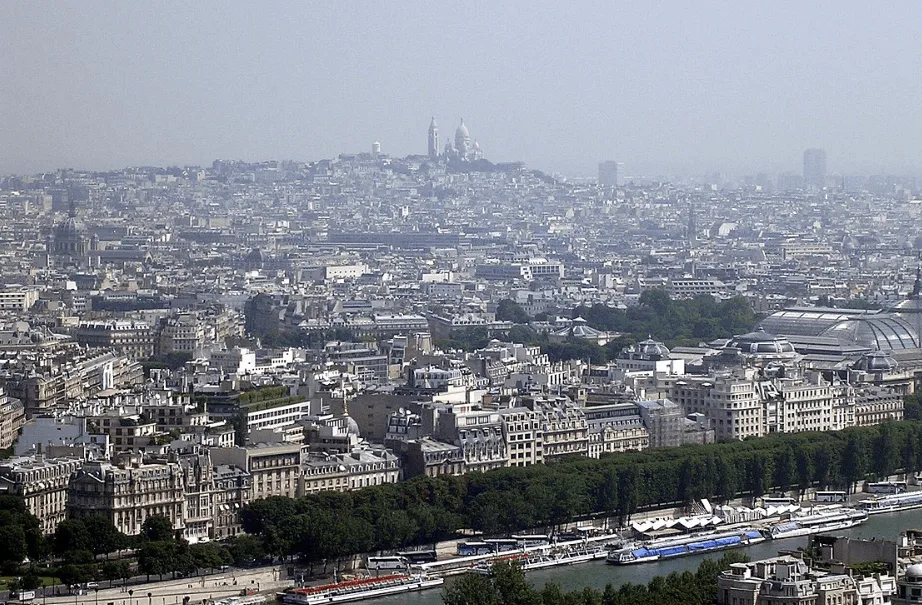
7. How did Montmartre get its name?
The Romans used to call Paris “Lutetia,” which was gradually renamed Paris after the fall of the Western-Roman empire.
The name of the hill in ancient Rome was “Mons Martis,” which literally translates to the “Mount of Mars.”
This name survived in the Merovingian period, the most powerful state after the Romans in Western Europe, which lasted from halfway through the 5th century until 751.
It’s in this period that the name was Gallicised as Montmartre.
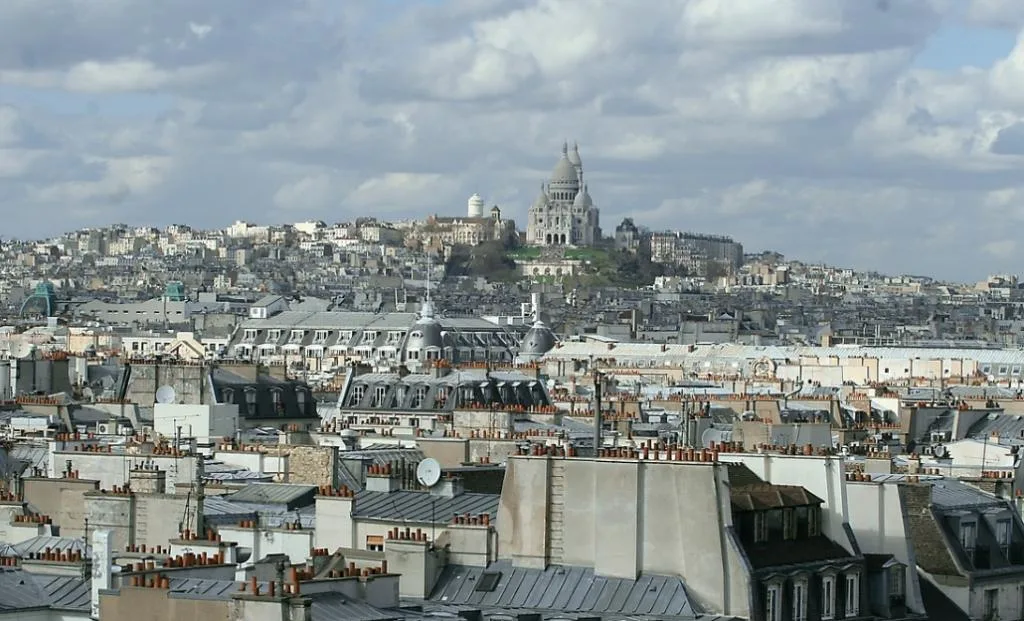
8. The hill has been inhabited since the 2nd century
One of the most interesting facts about Montmartre is that this hill has been inhabited for a very long time.
Excavations done in 1975 have resulted in coins being found dating back to the 3rd century. Earlier excavations from the 17th century have uncovered Roman Baths and part of a vestige wall in the area.
The Roman Baths are believed to date back to the 2nd century, so this means that Montmartre Hill was inhabited at least since this period and probably much earlier!
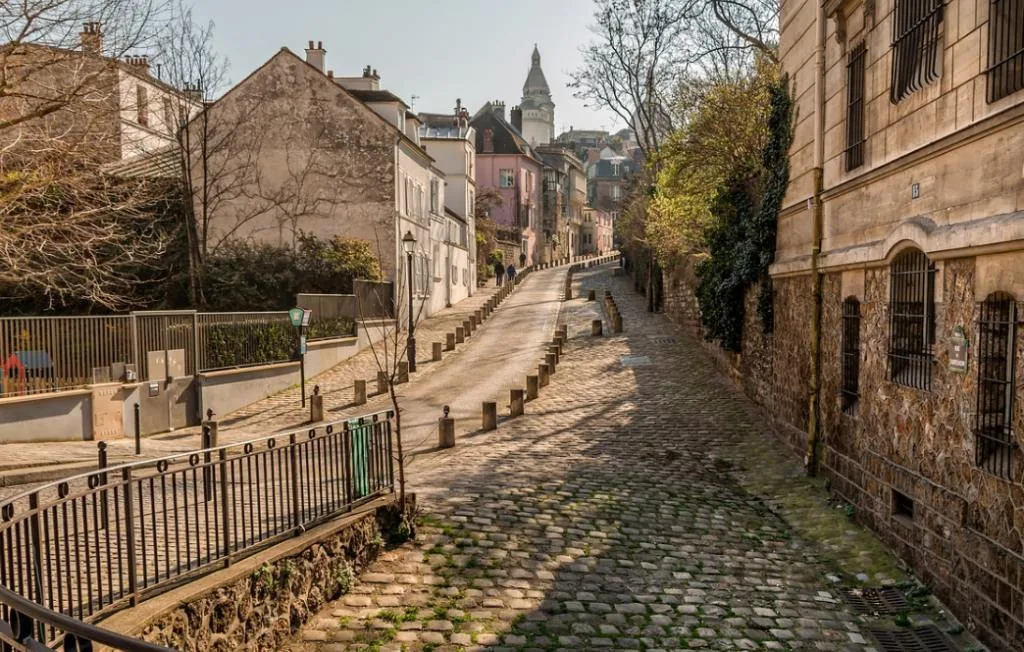
9. Did Saint-Denis become a martyr on Montmartre Hill?
Saint-Denis is now a northern suburb of Paris, just north of the Montmartre district, and is home to the French national stadium, the “Stade de France.”
According to a story written by Hilduin, the Bishop of Paris in the 8th and 9th centuries, Saint-Denis was decapitated by the Romans for preaching Christianity to the Gallo-Roman inhabitants of “Lutetia” (Paris).
According to Hilduin’s text called “The Miracles of Saint-Denis,” he collected his decapitated head, ran down Montmartre Hill, preached for several miles with his carried head, and died.
The place where he died was turned into a shrine and eventually, the Saint-Denis Basilica was built in its location to become the place where multiple French kings were buried.
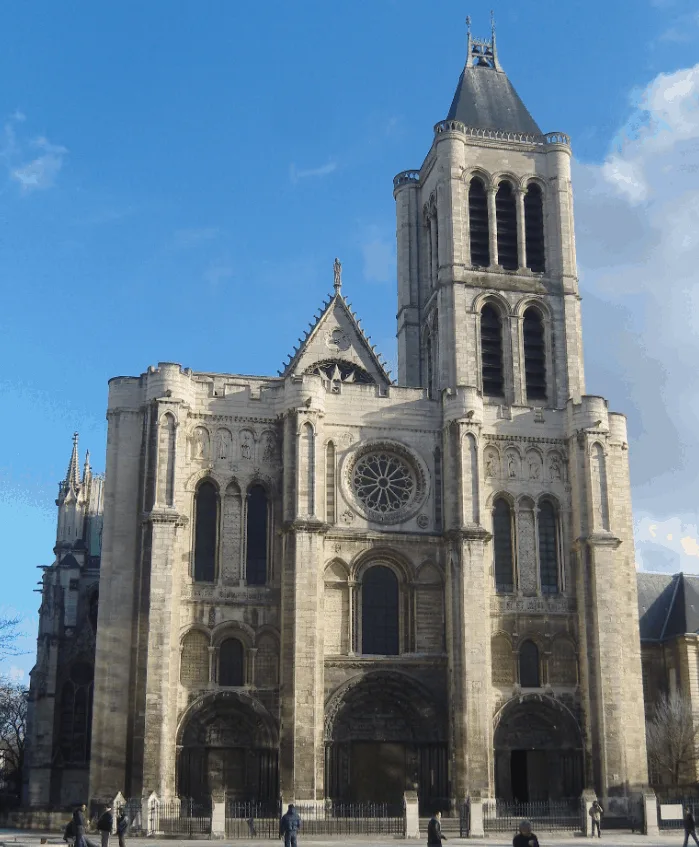
10. Did Montmartre get its name from this story instead?
This amazing story may have attributed to the name of the hill being called Montmartre since the Latin name was “Mons Martyrum,” or “The Martyr’s Mountain.”
After all, the story of Saint-Denis carrying his own preaching head for several miles is pretty amazing. So it’s very likely that a combination of “Mont de Mars” and “Mont des Martyrs” was eventually turned into “Montmartre” by the local population.
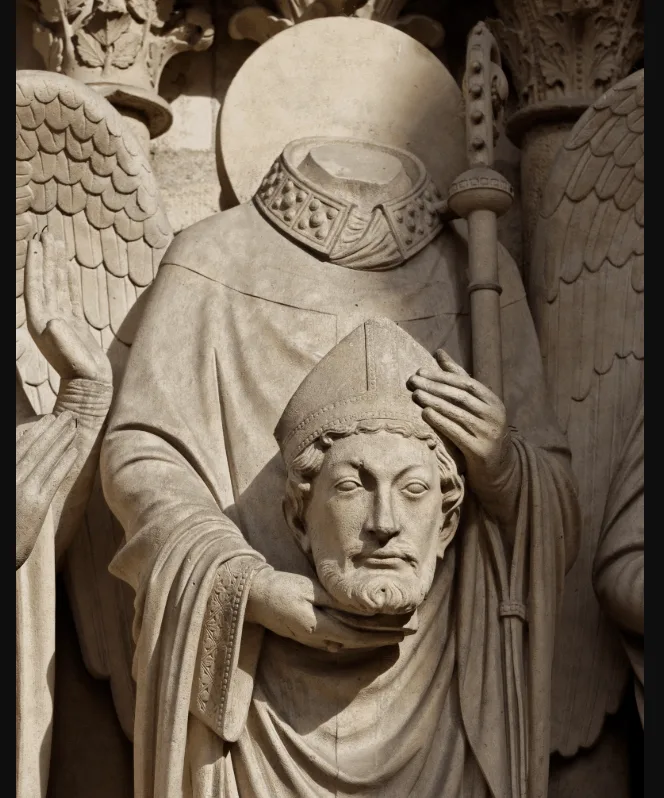
11. Montmartre was renamed during the revolution
The French Revolution was a period that everything religious was intensely renounced. Churches were burned, chapels were destroyed, and religion was abolished as part of the government.
During this brief period in the 1790s, Montmartre was renamed “Commune of Montmartre.” The town hall was located in the Place du Tertre.
Under the new, revolutionary government, the ancient industry of Gypsum mining was reinstated and quarrying was done with explosives. Gypsum is a soft mineral that can be used to plaster walls.

12. Montmartre wasn’t part of Paris until 1860
Up until 1860, Montmartre wasn’t actually within the city limits of Paris and was basically its own town.
It wasn’t until January 1, 1860, due to the city growing rapidly north, that it was annexed to the city together with several other communities to become part of the 18th district of Paris.
Obviously, right now you can’t see anything that would separate Montmartre from the city center of Paris, as this area is completely urbanized.

13. Many famous artists used to live here
During the Belle-Époque, which lasted from just after the Franco-Prussian war in 1872 until the start of World War I in 1914, many notable artists lived in Montmartre. For this reason, it’s famously known as being the artist’s quarter of Paris.
Important artists that lived in Montmartre include Claude Monet, Pierre-Auguste Renoir, Edgar Degas, Henri de Toulouse-Lautrec, Suzanne Valadon, Piet Mondrian, Pablo Picasso, Camille Pissarro, and Vincent van Gogh.

14. These two famous paintings were created in Montmartre
With so many famous artists flocking to the artist quarter of Paris at the time, something was bound to happen.
And it did! Some of the most famous paintings in the world were created in Montmartre, which include:
Bal du moulin de la Galette – Pierre-Auguste Renoir

This painting portrays a dance on a Sunday afternoon in Montmartre. The painting can be found at the Musée D’Orsay.
Les Demoiselles d’Avignon – Pablo Picasso
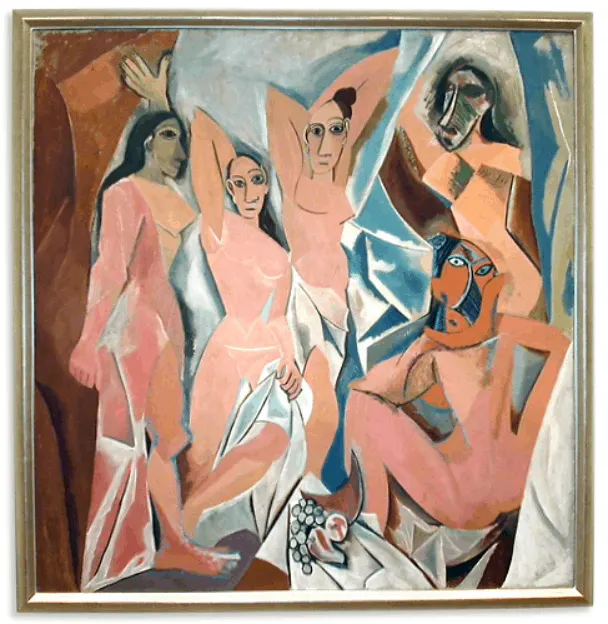
Pablo Picasso’s masterpiece is considered to be the most expensive painting in museums today and can be found at the Museum of Modern Art in New York.
15. Pierre-Auguste Renoir’s first house is now a museum
The Musée de Montmartre was the first address used by Pierre-Auguste Renoir, the painter of the “Bal du Moulin de la Galette” painting which was created there.
Other famous artists that had studios in the house turned museum were painters Maurice Utrillo and Suzanne Valadon.
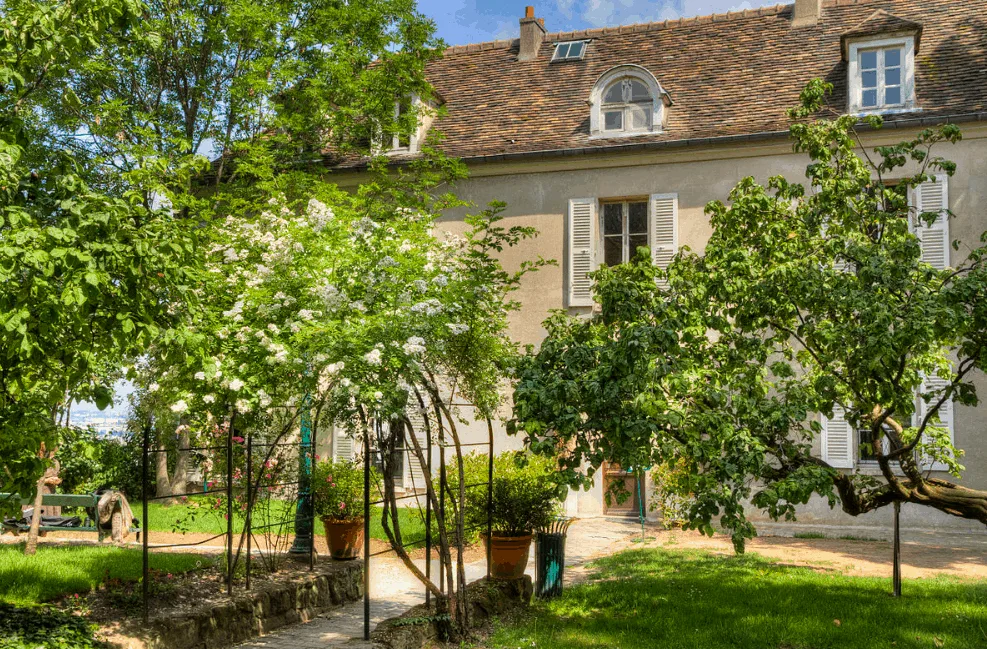
16. Do you want to get a portrait of yourself?
The Place du Tertre, the main square in the picturesque neighborhood of Montmartre is still full of artists who make a living by creating paintings every day.
Do you want to be eternalized by one of those geniuses in your very own painting?
You can!
Just make sure to sit still so the result will be amazing (even though we can’t guarantee it will eventually be worth millions of dollars as well).
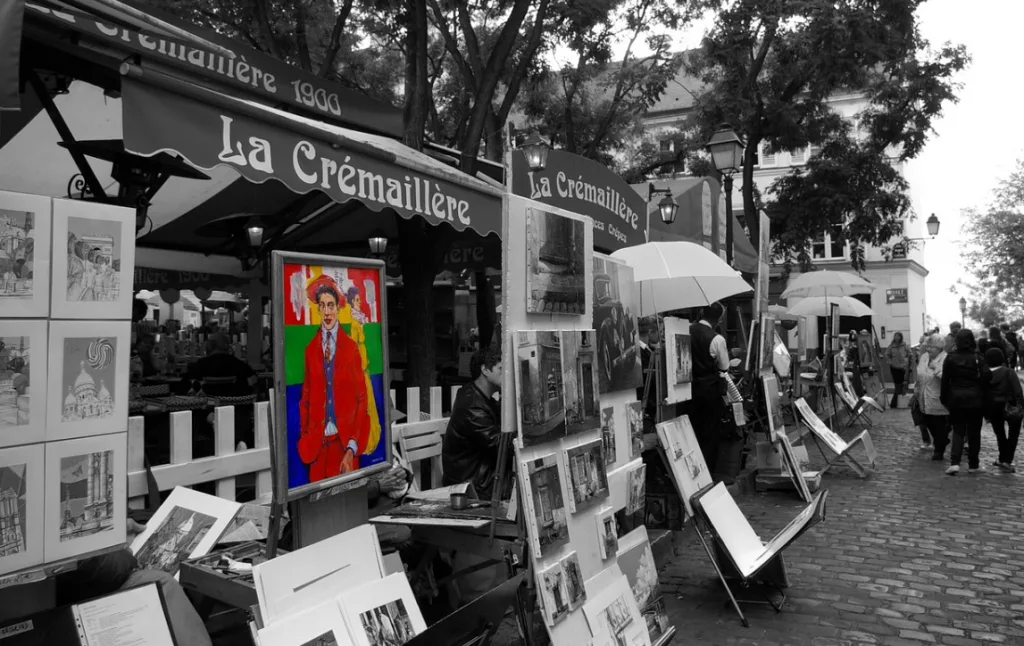
17. Montmartre has its own vineyard
Who would have thought that a highly urbanized area like Montmartre would be able to have its own vineyard?
Well, this is France, and they take producing (and drinking) wine seriously!
The vineyard was created in the year 1930 and is now producing over 500 liters of wine every year.
It’s referred to as either “La Vigne Montmartre” or “Le Clos Montmartre” and it’s owned by the City of Paris. It’s the only vineyard in Paris!
This has to be one of the coolest facts about Montmartre!

18. This is perfect if you’re tired of taking the stairs
Going up the hill to visit the Place du Tertre or the Sacré-Coeur Basilica is tiring, that’s for sure, especially on a hot summer day in Paris.
Did you know that you don’t have to take the stairs though?
There’s a funicular railway called the “Funiculaire de Montmartre” that goes up and down the southern part of the hill if you want to avoid having to climb the steps.
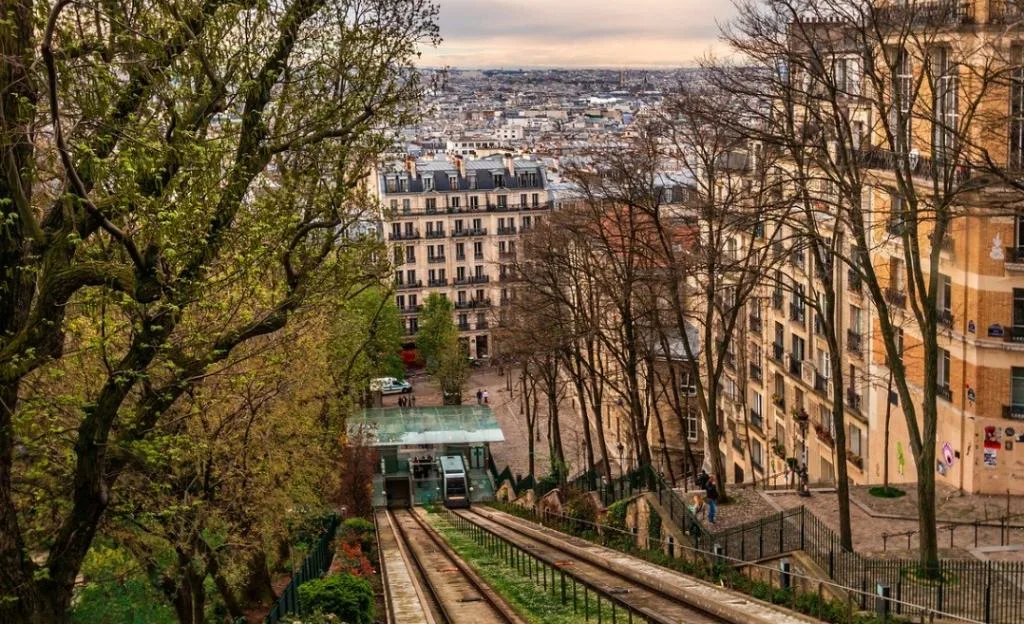
19. This famous establishment is also located in Montmartre
It’s probably one of the most famous and well-known establishments in all of Paris, immensely popularized by Hollywood.
Did you know that the Moulin Rouge is also located near Montmartre?
This cabaret is located near the Place de Pigalle, which used to be an infamous red-light district in Paris.
Right now, the Moulin Rouge is a popular tourist attraction that offers dance shows with dancers from all over the world, while retaining its “fin de siècle” (end of the 19th century) atmosphere inside.

20. Montmartre has been featured in multiple movies
This neighborhood in Paris has all the ingredients needed to become a real-life movie set. That’s why at least a dozen films have been shot here.
Some of the most famous movies have been:
- An American in Paris (1951) – Oscar-winning movie with Gene Kelly and Leslie Caron.
- Amélie (2001) – The story of Amélie Poulain who actually lives in Montmartre and forms a perfect depiction of the area and life in the neighborhood.
- Moulin Rouge (1952 – 2003) – Famous musical that takes place in the Moulin Rouge in Montmartre. A remake was made starring Nicole Kidman and Ewan McGregor.
- Beauty and the Beast (2017) – Live-action version of the 1991 animated movie.

21. There is a Wall of Love
What better place to create a wall of love than Montmartre in Paris?
That’s exactly what calligraphist Fédéric Baron and mural artist Claire Kito thought about in 2000 when they decided to create a 40 square meter (430 square feet) monument.
The “I Love You Wall” (“Le Mur de Je t’Aime” in French) consists of 311 versions of the phrase “I Love You” in 250 languages. It can be found in the Jehan Rictus garden square.

